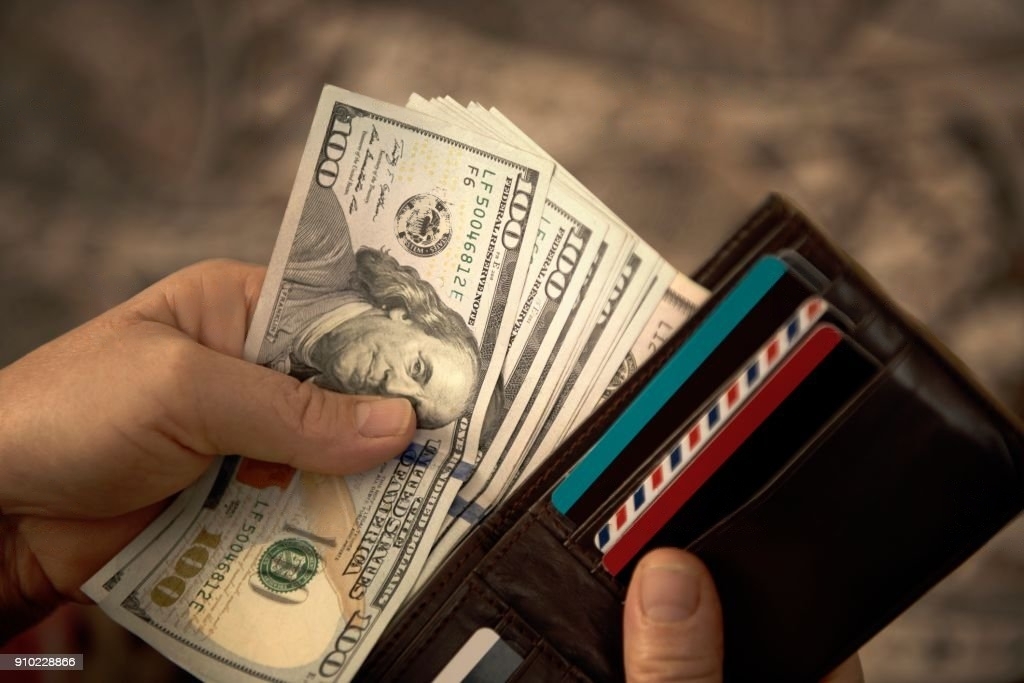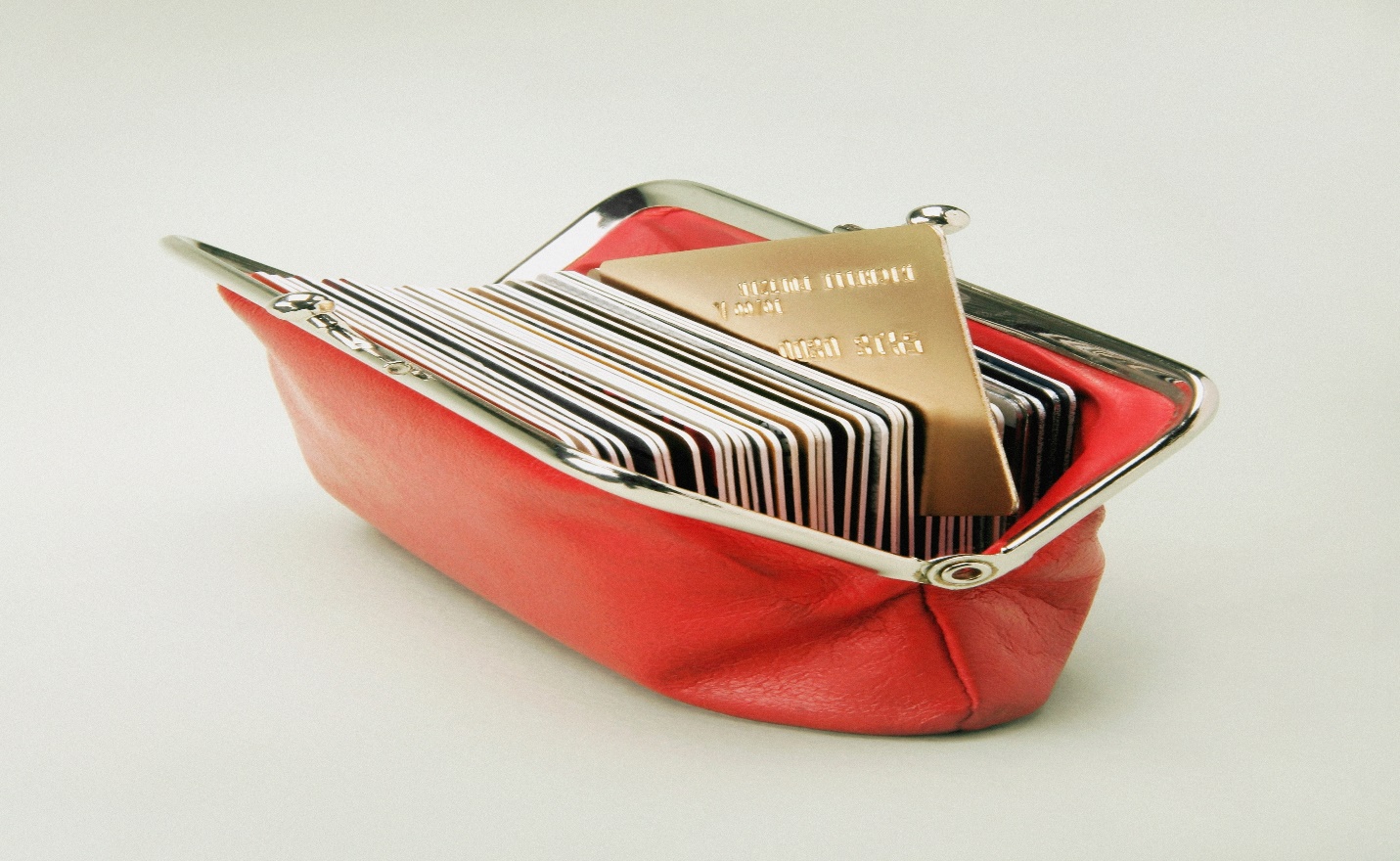Utilizing budgeting applications will help you take charge of your money and reach your financial objectives by preventing impulsive purchases.

A person's finances can suffer from impulsive purchases because they lead to unnecessary costs and deplete savings. However, people can successfully avoid making impulse purchases and save money by using budgeting applications. This article will examine how budgeting software can assist users in reducing impulsive spending and achieving their financial goals.
Understanding impulse buying
Impulse purchases are unplanned purchases made without considering the long-term consequences. As outlined below, it frequently occurs as a result of emotional triggers, alluring marketing tactics, or a lack of self-control.
- Emotional triggers: A variety of emotions, such as joy, sorrow, or anxiety, can lead to impulsive purchasing. These emotions are commonly used by marketers to create a sense of urgency or interest in a product.
- Social pressure: Peer pressure, cultural norms, and the need to fit in all have a big impact on impulsive purchases. People might make additional purchases to conform to the customs and preferences of their social group.
- Habitual behavior: People might form impulsive buying behaviors as a result of their past impulsive spending, which increases their propensity to do so in the future.
- Marketing strategies: Effective advertising, persuading copy, time-sensitive offers, and discounts can influence consumers to make impulsive purchases.
People can reclaim control over their spending patterns, save money, and make better purchasing selections by being aware of the causes of impulse buying and putting management techniques in place.
Harnessing the power of budgeting apps
Budgeting applications are useful tools that support people in managing their finances, reducing their expenditures, and saving money. These apps include a range of benefits and features that can aid users in achieving their financial goals. How to use budgeting applications to your advantage:
Tracking expenses
Budgeting apps help users keep track of their expenditures by categorizing and recording transactions. This feature helps consumers identify their spending patterns and places where they might be more likely to make impulsive purchases.
Setting financial goals
Users of budgeting software can establish financial goals like paying off debt, setting aside money for a certain purchase, or setting up an emergency fund. By visualizing their goals within the program, users may stay motivated and make good financial decisions that support their ambitions.
Creating budgets
Utilizing software for budgeting makes it simpler to develop unique spending plans based on income and expenses. Transportation, leisure, and shopping are just a few of the many areas for which users can set specific budgets. The app's real-time data on spending in each area helps users stay on track and avoid paying too much.
Notifications and reminders
Numerous budgeting applications offer alerts and reminders to users about their spending limits, upcoming bills, or financial milestones. These questions serve as subtly helpful reminders to uphold accountability and make responsible financial decisions.
Analyzing spending patterns
Budgeting apps produce data and visualizations that assist users in examining their spending trends over time. These insights help people identify areas where they are overspending or making impulsive purchases frequently, enabling them to change their spending patterns.

Expense categorization and insights
Spending is automatically categorized by budgeting software based on transaction data, which helps users understand where their money is going. By using this data, users can identify trends, eliminate wasteful expenditures, and improve their decision-making regarding their spending habits.
Syncing with bank accounts
Many budgeting apps provide the option to sync with bank accounts, which imports transactions into the app automatically. This solution assures accurate spending tracking while also saving time by eliminating human data entry.
Encourage savings
Certain budgeting apps offer tools to encourage saving, such as round-up options that round up purchases to the nearest dollar and deposit the leftover change into a savings account. These small steps might add up over time to support growth in individuals.
Users can get a complete picture of their financial situation, keep track of their expenses, create objectives, and make wise decisions about their spending by utilizing the features of budgeting applications. With these resources at their disposal, people may stop making impulsive purchases, manage their money, and move towards a more stable financial future.






